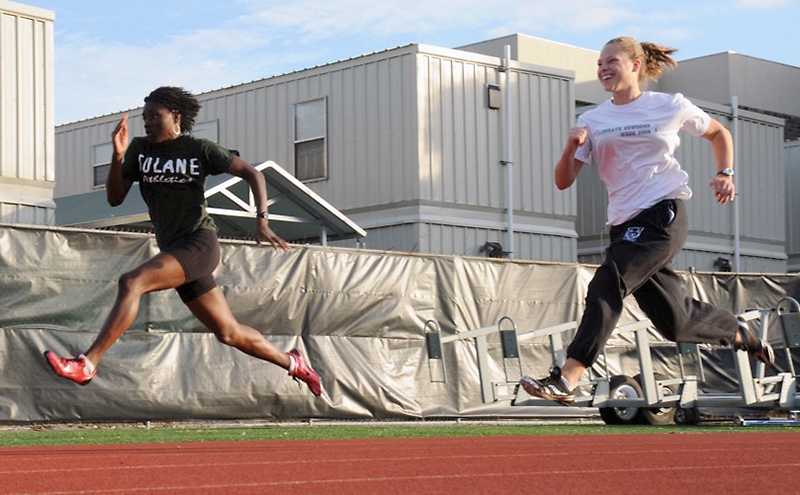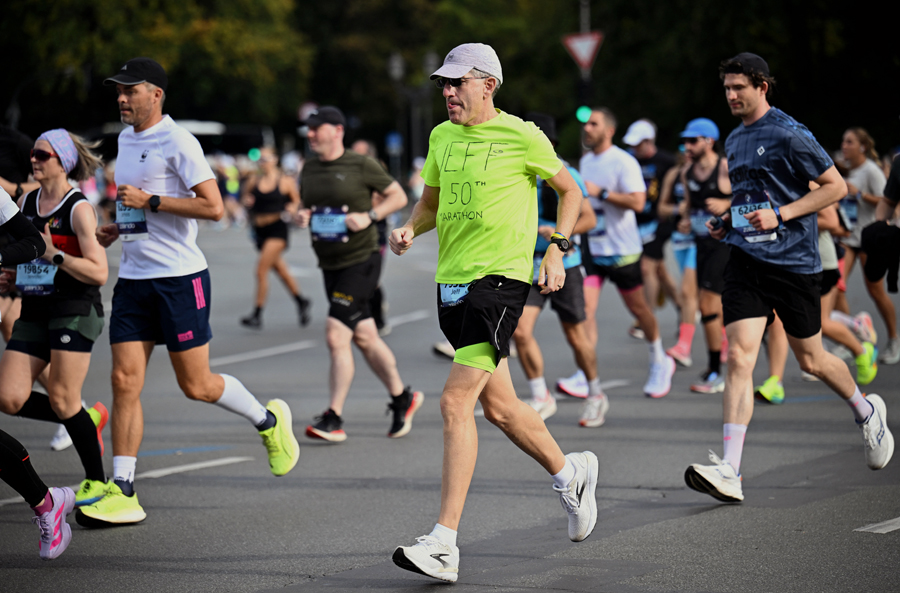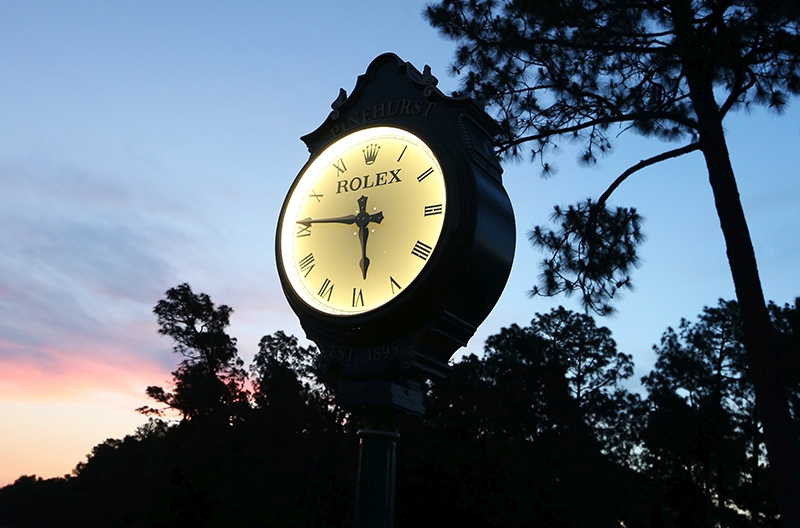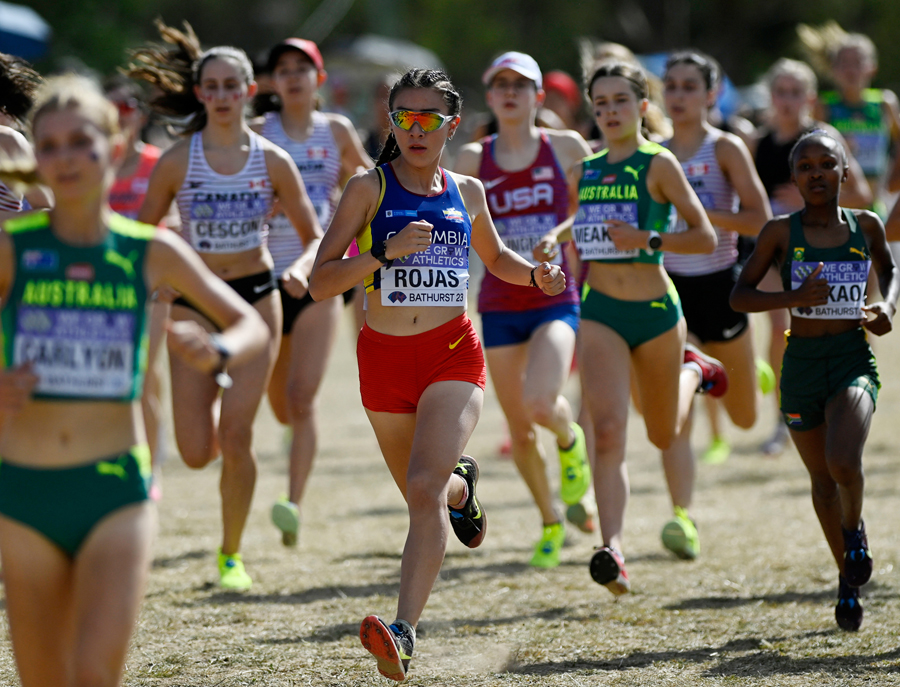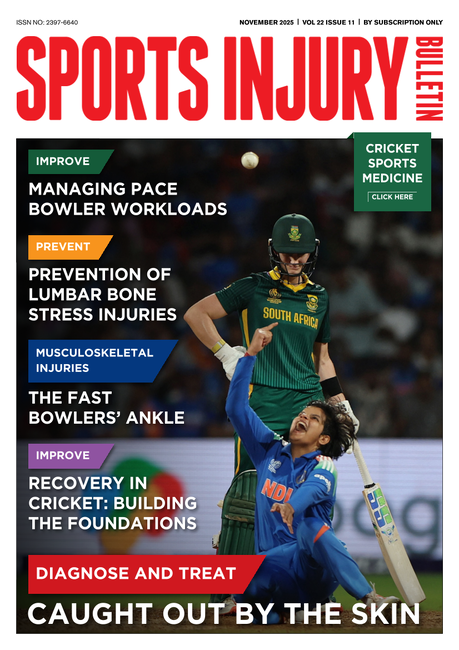If you push your heart rate above 90% of max during workouts, or cycle along at close to 40k race speed, or swim 200-metre intervals all-out, or run at faster than your 10k pace, you can be quite confident that the training session will 'do you some good' and improve your fitness in some way. At the other end of the intensity spectrum, however, things are not so clear. For example, if you cycle along easily with a heart rate of just 60% of max, will such inchmeal pedalling really boost your VO2max or lift your lactate threshold? If not, could you compensate for the low intensity by exercising for longer than usual? In other words, can volume of effort make up for low quality?
It is also reasonable to question whether the level of training needed to bolster an athlete's fitness is highly dependent on the athlete's existing cardiovascular and muscular conditioning. In other words, really fit athletes may need higher-quality training to boost their fitness another notch than novices who can work up a sweat during nothing more demanding than a slow-paced walk around the block.
Questions about minimum intensity have not been easy to answer
In truth, questions about the minimal level of intensity needed to heighten fitness have not always been easy for exercise physiologists to answer. The first stab at solving the problem was made by M J Karvonen and colleagues in a paper published in 1957, in which the authors described a threshold exercise intensity for the improvement of cardiorespiratory fitness(1). Based on their data, Karvonen et al set this intensity at approximately 70% of heart-rate reserve (defined as the difference between maximal and resting heart rate). In other words, if one exercised at an intensity below 70% of heart-rate reserve, no gains in cardiorespiratory fitness could be expected. For an individual with a max heart rate of 200 and a resting rate of 60, 70% of heart-rate reserve would be 98; thus training below a heart rate of 158 (to determine the actual threshold in beats per minute, you must add resting heart rate to the percentage of heart-rate reserve) would not be expected to be beneficial.This sounded reasonable, and it was certainly easy enough for athletes to measure their pulse rates; nevertheless, there were some problems with this 'Karvonen prescription' for exercise intensity:
1. The individuals studied by Karvonen were not highly fit, which led to concerns that well-trained athletes might have a quite different heart-rate-reserve threshold.
2. The subjects were young male adults and it was not clear that the same results would apply to women or veteran athletes.
3. The 'training effect' (the objective gain in fitness) was defined narrowly as an observed decrease in heart rate at a fixed submaximal work rate; such a decrease was believed to indicate an increase in the rate of maximal oxygen consumption, or VO2max. However, it is possible for an athlete to become fitter without an associated decline in heart rate at a specific work rate. For example, an increase in lactate threshold would not necessarily coincide with a lower heart rate during exercise; higher resistance to fatigue (greater endurance) might also occur without an obvious heart-rate effect.
4. Resting heart rate can vary significantly from day to day, and maximal heart rate may vary, can be very difficult to determine accurately, and is responsive to training status. Thus, the determination of 70% of heart-rate reserve rests on a rather shaky foundation and one's careful calculations might produce a figure which is rather far from the true one.
5. Maximal heart rate is also sport-specific; the max heart rate for cycling, for example, is usually different from the max for running, which is, in turn, different from the max for swimming or rowing. Thus, athletes using the Karvonen formula would need to know the maximal heart rate for each form of exercise employed during training; triathletes, for example, would need to measure three different 'maxes'.
There was one further problem: the prescribed minimum intensity seemed somewhat high. Think for a minute about our generic athlete with a max heart rate of 200 and a resting rate of 60. According to Karvonen and crew, this individual needs to push his heart rate above 158 beats per minute during a workout in order to receive a fitness benefit. If you are a regular exerciser with a similar threshold, you will know that such a ticker rate does not always feel easy. In fact, you might intuitively feel that keeping all workouts above this threshold could actually be counterproductive because it might - on certain days - harm recovery from previous tough sessions.
Interestingly enough, the exercise science community gradually began to revise Karvonen's intensity threshold downwards. In fact, by 1990 the prestigious American College of Sports Medicine (ACSM) was recommending a threshold intensity of just 50% of heart-rate reserve or VO2max for most adults and just 40% of heart-rate reserve or VO2max for individuals with very low aerobic fitness(2). The American College was acknowledging that workouts which were much lighter than those recommend by Karvonen could still have a positive effect on fitness, and also that training gains were a function of underlying fitness: the poorer one's 'shape', the smaller the rise in heart rate (or oxygen-consumption rate) needed to crank up fitness capacity.
Fitness gains easier for the unfit
If you are not sure why being in terrible shape would make it easier for you to increase fitness, consider this example: Tony and David have the same resting oxygen consumption rate of 3.5 ml.kg-1.min-1, but their values for VO2max are quite different; Tony's VO2max is 35, while David's is only 28. Let's assume that each exercises at the almost death-like intensity of 14 ml.kg-1.min-1. Although the intensity is absolutely the same, Tony is working at only 40% of VO2max, while David is at 50%. Thus, the exertion is more difficult for David, the fellow with the lower VO2max, and should produce a more adaptive stimulus for his cardiorespiratory system than for stalwart Tony.Interestingly, the ACSM eventually came to realise that percentage heart-rate reserve is actually not equivalent to percentage VO2max and changed its prescriptions to 50% of heart-rate or oxygen-consumption reserve for most people, and 40% of heart-rate or oxygen-consumption reserve for sloths(3). Similar to heart-rate reserve, oxygen-consumption reserve is simply the difference between resting and max rates of oxygen consumption.
However, the ACSM's new threshold paradigm didn't come close to settling the overall debate about minimal intensity; many exercise physiologists continued to query the exact nature of the exercise threshold and how it varied with such factors as workout duration, fitness status, overall training volume and age. To understand the minimal intensity for improving fitness more completely, David Swain of Old Dominion University and Barry Franklin of the William Beaumont Hospital in Royal Oak, Michigan, recently reviewed the relevant studies in this area, one of their goals being to find an adequate exercise prescription based on percentage of oxygen-consumption reserve(4).
Their analysis revealed a clear difference in training response between individuals with baseline VO2max values above and below 40 ml.kg-1.min-1. (To add a little 'flesh' to this example, an individual with a VO2max of 40 ml.kg-1.min-1 would generally run a 10k road or track race in about 55 minutes and complete a marathon in a bit more than four hours.) That is, exercisers with VO2max values below 40 ml.kg-1.min-1 always exhibited significant improvements in VO2max after training, even when exercise intensities were as low as 28-32% of oxygen-consumption reserve!
Note, though, that there might be a fundamental difference between someone who has trained long and hard and arrived at a VO2max of, say, 38 ml.kg-1.min-1 and someone who is just starting an exercise programme, with an existing VO2max of 38. In the former case, fairly high exercise intensities might be required to shoot aerobic capacity up a notch, while in the latter situation anything might do. In fact, most of the subjects involved in the scientific studies fell into the latter category; that is, they were relatively inexperienced and thus were probably more prone to positive changes in fitness. Thus, it's possible that experienced athletes with low VO2max values may nonetheless need to rise above a certain intensity level during training in order to achieve fitness benefits.
Training used in minimal-intensity studies is unrealistic
As one might expect, the studies revealed that higher intensities of training produced greater gains in VO2max. However, a key problem associated with the minimal-intensity studies - and one which is almost never discussed - is that the actual training carried out was almost always unusual and unrealistic. In almost every minimal-intensity study which has ever been carried out, subjects have trained at one selected intensity for each and every workout they performed, over periods of time ranging from four to 52 weeks.What's wrong with that? Basically, there can be a kind of synergy between workouts which would never be detected in a study in which exercise intensity never varies. To understand how this might work, consider the case of an experienced athlete who trains six days per week at an intensity of 40% of oxygen-consumption reserve. After six weeks of this kind of training, we measure VO2max in the athlete and find that it has not increased at all. We conclude that the athlete has been exercising below his/her minimal intensity for improvement.
When an easy workout is best
However, if we loosen the grips on training for a little bit and allow our athlete to enjoy one workout per week with an intensity of 90% of oxygen-consumption reserve, then re-measure VO2max after six weeks, we will probably find that VO2max has increased. Suddenly, those 40% workouts are not looking so bad.You might argue that it was not the 40% workouts that lifted VO2max but the single weekly effort at 90%. However, if we took all else away and let the athlete exercise just once a week at 90% of oxygen-consumption reserve, we would probably find that the gain in VO2max would disappear again - or at least be smaller. The 40 percenters were been able to chip in fitness when they were joined with a high-quality workout, even though they added nothing by themselves. Synergy is at work, since zero (the effect of the 40% sessions) plus zero (the effect of the 90% effort) equals a positive number.
This realisation that workouts are highly interdependent throws our whole notion of minimal intensity on its head. The value of a workout, you see, cannot be expressed simply in terms of its own intensity; what matters is how the workout fits with the overall training scheme, how it interacts with the other sessions being conducted.
The truth is that a very easy workout, even one below the magic 46% threshold, might in some cases add more fitness than a more quicksilver effort at 70, 80, 90 or even 100% of aerobic reserve. For example, if one has reeled off a string of high-quality efforts or simply trained with a high average intensity over a period of several weeks, another high-octane session might actually impair fitness (are you familiar with the concepts of 'staleness' and 'overtraining'?), while a very easy effort might be just the thing to get the recovery juices flowing and kick-start major advances in aerobic capacity.
The bottom line is that one should never worry about whether a single workout is too light to produce an improvement in fitness. The studies which detect the existence of training-intensity threshold are highly artificial, in that they fail to reflect real-life training situations. What should concern you is not whether your easy-day efforts have crested at a high-enough intensity but whether your overall training programme is producing the maximum-possible gains in vVO2max, lactate threshold, economy of movement, max speed, strength, and power.
To achieve these goals, you will need the right workouts for each objective, and you will need to fit as much quality training into your overall programme as possible - without overtraining. Your overall training programme will be strenuous enough to create the need for incredibly easy efforts on certain days - at intensities which might be below 70% of heart-rate reserve, 46% of oxygen-consumption reserve, or any published standard for minimal exercise intensity. When that happens, you shouldn't worry; in fact, you should be glad. Workouts below the minimal intensity for fitness improvement can sometimes be the very best thing for your fitness!
Owen Anderson
References
1. Ann Med Exp Biol Fenn, vol 35, pp 307-315, 1957
2. Medicine and Science in Sports and Exercise, vol 22, pp 265-274, 1990
3. Medicine and Science in Sports and Exercise, vol 30, pp 975-991, 1998
4. Medicine and Science in Sports and Exercise, vol 34(1), pp 152-157, 2002
